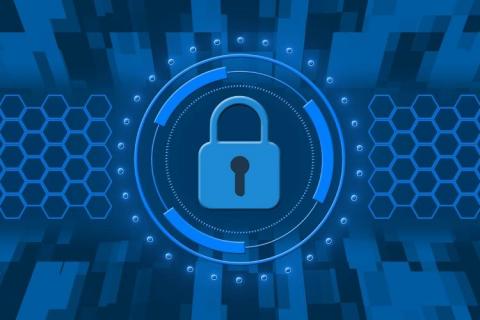Security | Threat Detection | Cyberattacks | DevSecOps | Compliance
August 2022
XDR: Why open is better than closed
In a new 12-minute video Rakesh Shah AVP Product Management and Development of AT&T Cybersecurity, explains Extended Detection and Response (XDR). This video was part of the virtual Black Hat USA event in August. It’s not product-specific and explains what can be a very confusing concept in a delightfully simple way.
Why XDR Should Be on Your Roadmap for SOC Success
Fighting modern adversaries requires having a modern security operations center (SOC), especially as organizations move to the cloud. To protect their estates against tomorrow’s threats, security professionals have often turned to more data sources and adding more security monitoring tools in their operations, both in the pursuit of maximizing their attack surface visibility and reducing time to detect and respond to threats.
Why XDR Must Start with EDR: Join the Discussion with CrowdStrike and Guest Forrester Research
In the cybersecurity industry, understanding the value and impact of the critical technology we use to keep organizations safe can often become lost in translation. This is undoubtedly the case with extended detection and response (XDR), where the continued misuse of the term has created more market confusion than clarity. The definition of XDR varies depending on who you ask.
Correlating Data across Multiple Security Systems and Tools with XDR
Gartner defines Extended Detection and Response (XDR) as “a SaaS-based, vendor-specific, security threat detection and incident response tool that natively integrates multiple security products into a cohesive security operations system that unifies all licensed components”. Simply put, the main component of XDR is the ability to correlate data across multiple security systems and tools for better detection and response.






